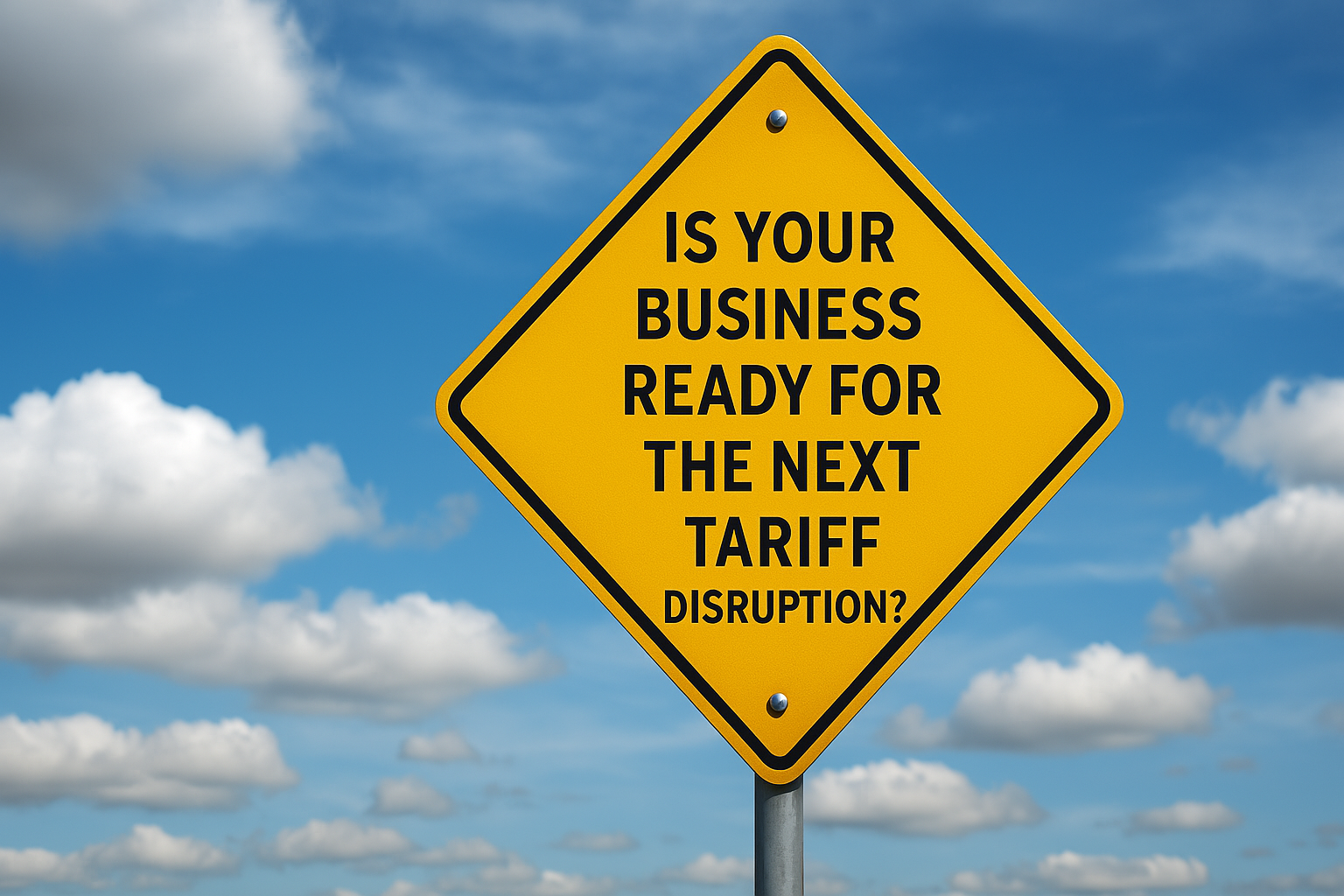The ‘Price-Creep’ Strategy: Go or No-Go?
 PriceBeam
·
2 minute read
PriceBeam
·
2 minute read

You’ve heard it over and over again (especially if you follow PriceBeam’s blog). Don’t chicken out and set low launch prices because you’re afraid your product or service is not good enough to generate satisfactory demand. I’m in no position to evaluate whether it is, or not. But a low price is almost certainly not the answer; whether you call it penetration pricing, loss leadership, or predatory pricing.
Excuses for chickening out and set low prices or lower existing ones keep popping up. It’s natural that they do. Our minds tend to focus on short-term gains (it’s called myopia actually: read our article on it here), and because managers tend to be imperialistic in nature, they are willing to compromise profitability for scale: even though this profitability is needed to grow (even in scale) in the long term.
One strategy that is emerging is the ‘price-creep’ strategy. The price-creep strategy is a pricing strategy where the initial price is very low, and revenue and profit is then generated through add-on purchases. The idea is to get a foot in the door, and once you’ve won the loyalty of the customer, you’ll recoup the foregone profit.
It’s almost the equivalent of the freemium model that is so often employed in SaaS pricing, but there are some primary differences, which makes a price-creep pricing strategy less efficient.
#1: Freemium pricing is about getting customers to fall in love with your product, so they will buy the full version. In this model, only said company can provide that full version. However, price-creep examples are often much different: it may be an elevator that is sold at an incredibly low price with the hope that the customer will come back to get this elevator serviced, and thus generate revenue and profit from this source. However, who is to say they don’t go elsewhere to get this service?
The key difference between freemium and price-creeping is that with price-creeping the full version is provided up front.
#2: With freemium pricing, your business model makes it obvious that the free version is, indeed, a basic version, and that the company and its brand should be judged from its full version. This is an important distinction from a branding perspective; consider HubSpot, for instance. HubSpot offers a free version, but manages to maintain a premium brand through its high pricing of the full version. No one considers HubSpot a cheap product, just because they’re offering a free basic version. But with price-creeping, no one will see that you cash in after the product is bought. Your product will seem cheap and of low quality, which will severely damage both your price positioning and brand positioning.
.png?width=400&height=100&name=PBLogoTransparent%20(1).png)



